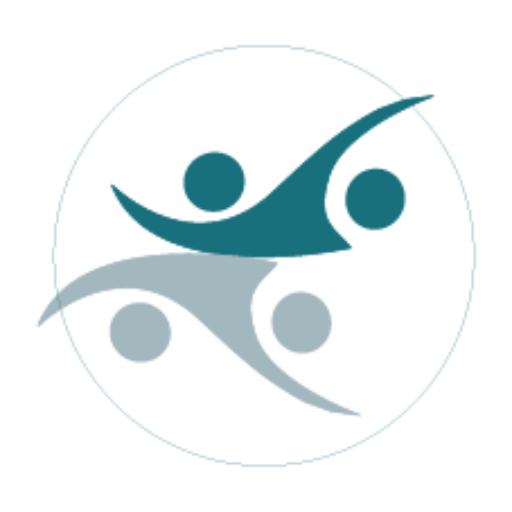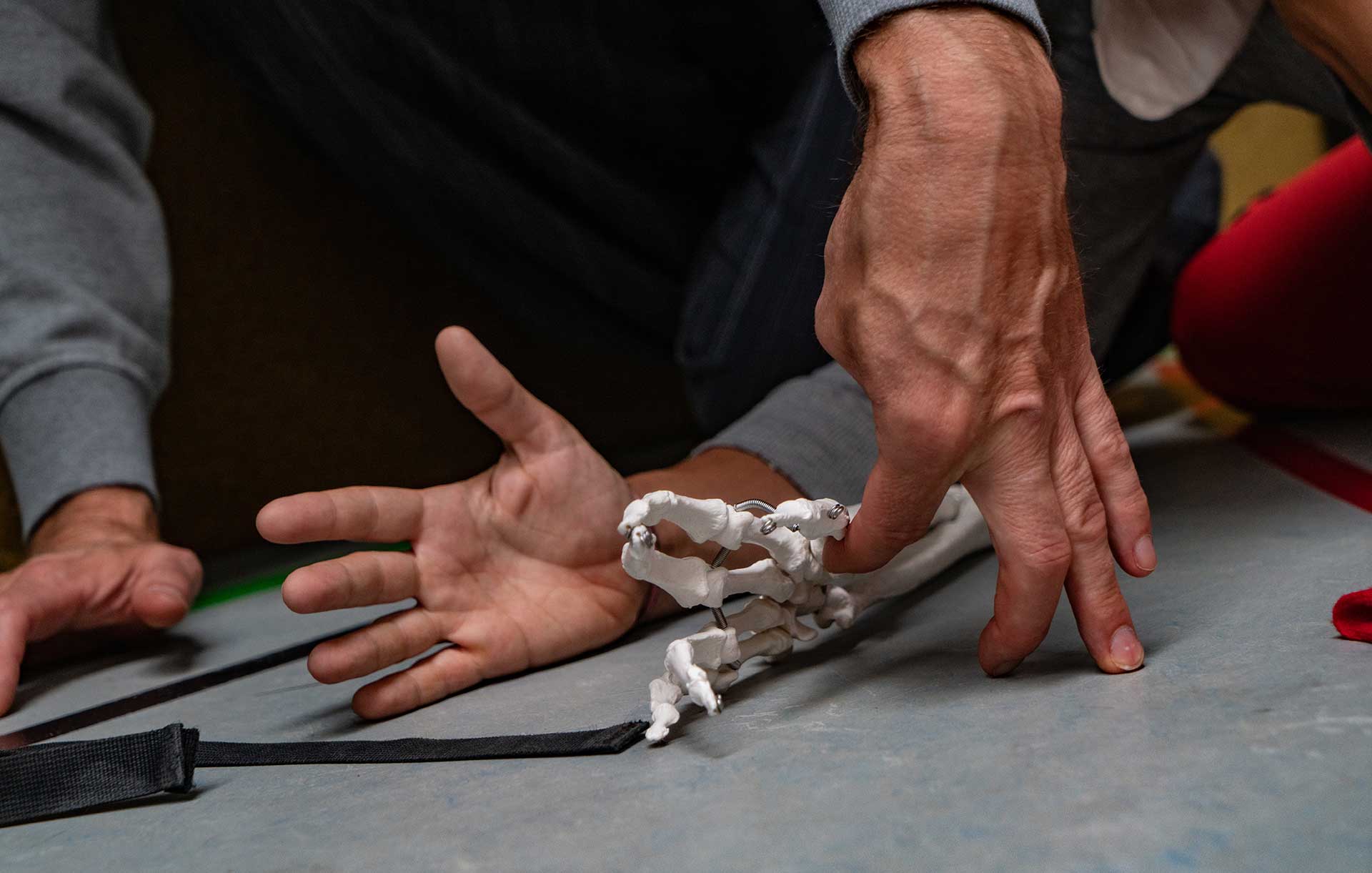Our Methods
Most of us move on autopilot — dysfunctional movement patterns are unconsciously repeated, often leading to long-term damage.
The Feldenkrais Method, as taught by Sebastian Mayer, opens new possibilities: Individually and mindfully, you will learn and teach how to discover and perceive your own body — and with it, your thinking, feeling, and acting — in its diversity and complexity.
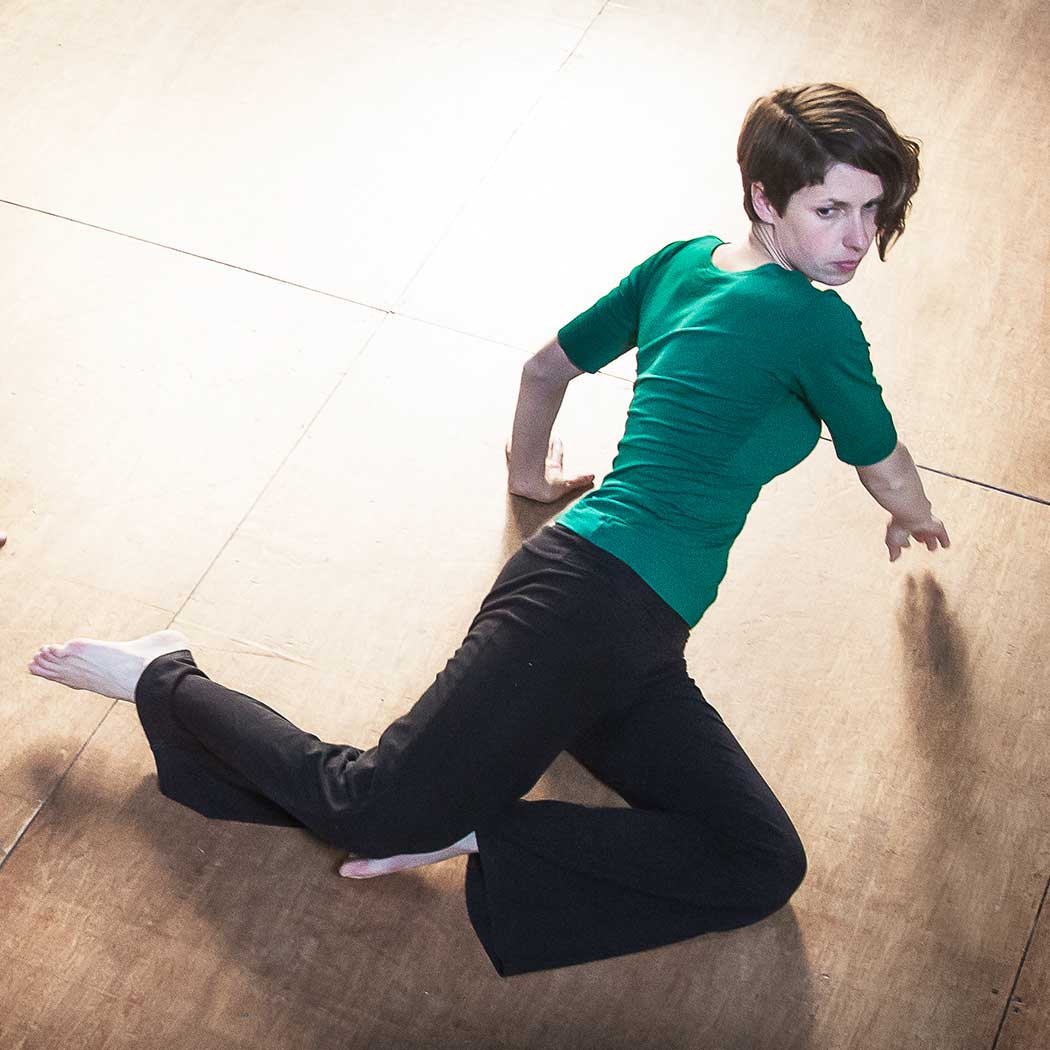
Move
Movement includes several layers of behavior: thinking, sensing, emotions, and action.

Slow down
Adjust the speed so your brain can better integrate these layers.

Be aware
Perception leads to a deep understanding of your own potential.
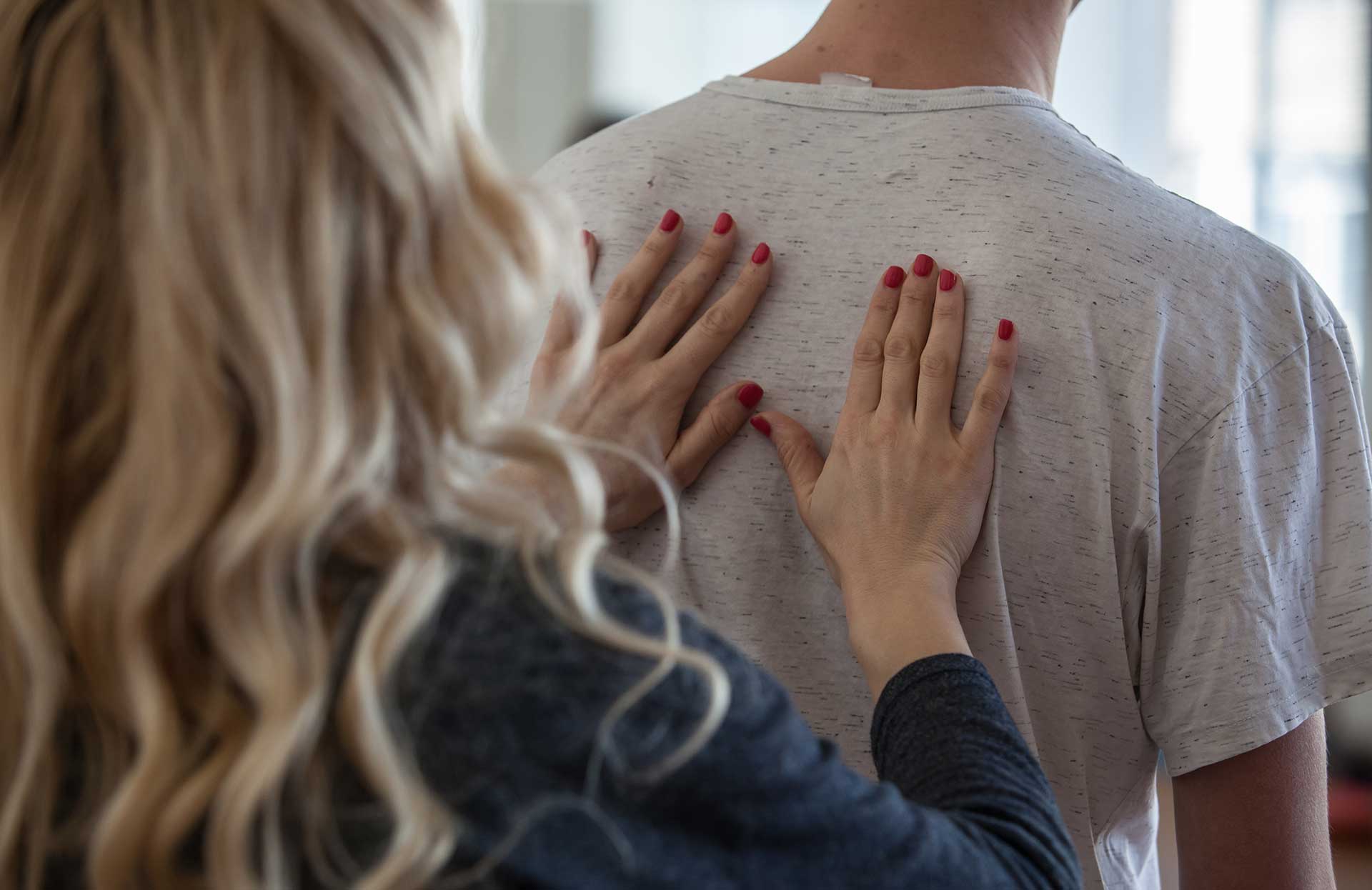
Connect
Self-connection goes hand in hand with the confidence to act autonomously and actively promote healing.
Move – Slow Down – Be Aware – Connect
Slowing down is one of the key elements for understanding and learning. The neocortex, which evolved most recently in our brain, seems to be the most accessible for learning. Movement encompasses multiple layers of behavior (thinking, sensing, emotions, and action). By adjusting the speed, your brain can better integrate these layers.
Feldenkrais integrates these layers to create functional coordination (synergy) throughout the entire organism. It shifts you away from habitual patterns and into perceiving and utilizing the connections and interactions within your whole body.
Feldenkrais is, therefore, a fundamental learning method that enables you to perceive your organism from within, enhance your well-being, achieve freedom from pain, and experience joy in movement.
Feldenkrais Offers a Unique Approach to Promoting Health
The goal is to gain a deeper understanding of your own potential while creating a lasting sense of self-connection — combined with the confidence to actively engage in healing and self-care in an autonomous and intentional way.
These Are the Core Elements
The Feldenkrais Method combines precise guidance with individual adaptation. It promotes both physical and mental changes. A central element of learning the Feldenkrais Method is involving the client in the process of change: For example, they can consciously compare the newfound ability to walk upright and stable with their previous tendency to favor one side, thus gaining awareness of the differences and improvements.
The application of the method is versatile!
Feldenkrais is taught in both individual sessions and group classes. Regardless of the format you choose, the learning process is diverse and explores the inherent potential within every individual.

Individual Sessions – Functional Integration
These sessions are tailored to the client’s specific needs. Through close collaboration, either hands-on or verbally guided, the teacher and client explore individual movement patterns together. They find gentle, effective ways to release blockages and rewire new functional patterns. This process fosters a deep connection to inner resources. This form of individual work is called Functional Integration.
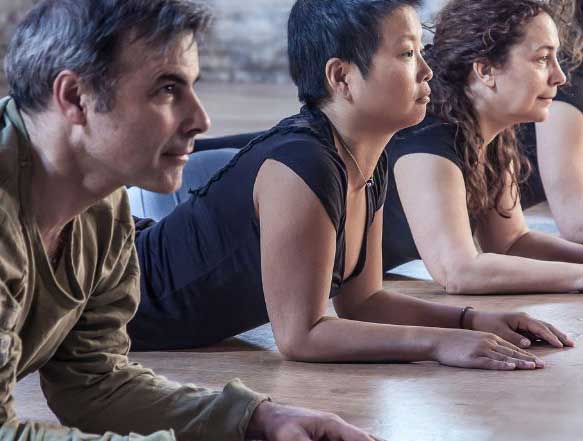
Group Classes – Independent Exploration
In group classes, participants are verbally guided through movement sequences. The focus is on independent exploration and experiencing the movements — not on imitation, but on one’s own, individual learning process. How am I connected to myself? Where is too much tension, where to little? Where and how does movement become connected, light, pain-free, elegant, and, when needed, powerful? What does it mean to feel at home in my body?
The Feldenkrais Method opens the space for individual learning, profoundly supporting the process of healing and becoming healthy. After all, it’s not about returning to how you were before an event (e.g., an injury), but about discovering a new quality of being.
Contact me
A Practical Example: Application and Unique Aspects of Feldenkrais
For the client, there are different experiences of how they are touched and moved:
- Example 1: The therapist takes the client’s shoulder in both hands and mobilizes it directly.
- Example 2: The therapist touches the client’s shoulder with their hands and first establishes contact: noticing tone, texture, temperature, etc. Then, attentively and with patience, the therapist begins to explore the various possible directions of movement and the range accessible to this particular client.
At the same time, as a Feldenkrais practitioner, I perceive how the shoulder is connected to the sternum, ribs, and different areas of the spine, all the way down to the pelvis. From this multidimensional understanding, the next questions and steps arise: What does this client, as an individual, need? Which connections are clear, and which ones require clarification?
This is how a Feldenkrais individual session unfolds. What are the functional patterns associated with shoulder movement? From reaching for something and bringing it to the mouth to walking. When walking, which ideally involves a gentle gliding of the shoulder blades over the ribs, the diagonal connection between the leg and the arch of the foot plays a crucial role.
In principle, both individual sessions and Feldenkrais group classes are built on the same foundations: Where and how can conditions for optimal coordination and interaction be created? This is a fundamental principle in both simple and highly complex systems and is essential for their healthy functioning.
Yes, I’m Interested
Please contact me
